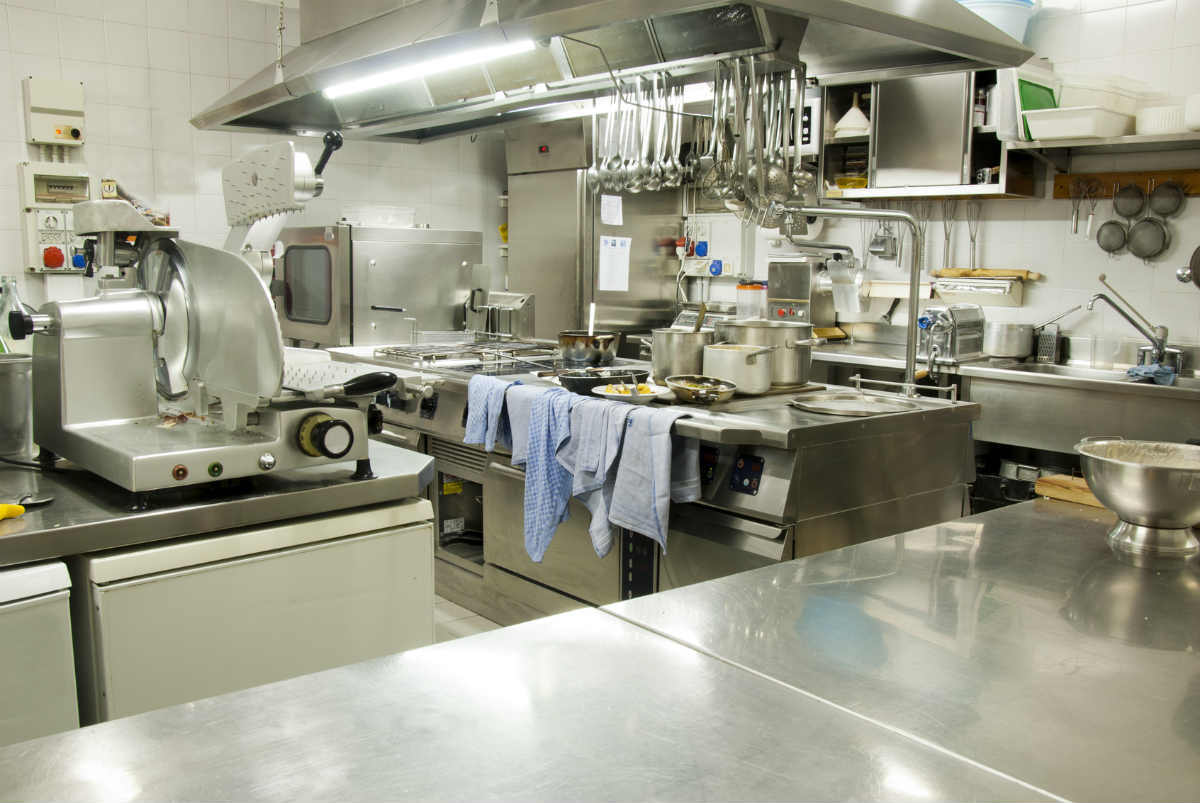Food preparation injuries may not be too common, but when they do occur, the injuries are often serious and require urgent treatment.

In 2013, around 4,000 work-related slicer and grinder accidents occurred across the U.S. While some injuries were minor, many others caused serious injury such as amputations and permanent disability. Because meat grinding and food slicer accidents are a cause of concern, OSHA began a campaign called ‘Preventing cuts and amputations from food grinders’.
Food Slicer and Grinder Injuries
Meat processing and packing machines are included on the Fair Labor Standards Act list of dangerous non-farm jobs for people under the age of 18. Due to the high risk of injuries, children under the age of 18 are not allowed to work these equipment.
When an employee is operating, maintaining, performing machine setup, jam-clearing, or inspecting, there is a risk of severe injuries including amputations. Food grinding and slicing machines cause workplace injuries, because they require workers to perform activities using one or more of the ‘dangerous motions’ as described by OSHA. These motions include rotating, traversing, punching, cutting, shearing, and reciprocating.
How to Prevent Food Slicing and Grinding Injuries
Employers and workers need to work together to ensure employee safety. The following steps can go a long way in preventing food slicing and grinding injuries:
- Proper training of workers before they start using grinders and slicers
- Adequate supervision
- Hazard recognition
- Enforcement of safety standards
- Safety campaigns
- Machine barriers, emergency lockouts, and safeguards
- Worker safety manuals
Workers also play an important role in creating a safe workplace. They can take the following steps to prevent injuries:
- Not wearing loose clothing and that can get caught in machinery.
- Following safe operating practices.
- Keeping long hair pulled back and away from machines.
- Removing accessories and jewelry while working on these machines.
Legal Options for Injured Workers
Despite all safety measures, injuries related to food grinding and slicing cannot be completely prevented. If a worker suffers an injury while grinding meat or slicing food, he or she may be entitled to workers’ compensation benefits. Workers compensation will cover the injured worker’s medical bills and a portion of lost wages.
Workplace Injury and Accident Causes
Asbestos Exposure
Asbestos Removal
Second Hand Asbestos Exposure
Sexual Assault Workplace
Physical Assault at Workplace
Workplace Injuries Assembly Line
At Fault Accident
Workplace Attack
Benzene Exposure
Injured on Lunch Break
Building Collapse
Workplace Bullying
Chemical Exposure in the Workplace
Chemical Hazards in the Workplace
Cold Stress in the Workplace
Combustible Dust Explosion
Computer Use
Construction Site Accident
Conveyor Belt Accident
On the Job Injury Cause by Coworker
Crane Accident
Injuries from Desk Jobs
Diesel Exhaust Fumes Exposure
Digging Injury
Breaking Company Policy
Drowning at Work
Workplace Drug Use
Electrical Workplace Accidents
Elevator Accident
Equipment Accident
Ergonomics in the Workplace
Excessive Overtime
Workplace Explosion
Extreme Danger
Fall at Work
Fire in the Workplace
Slicer Accident
Forklift Accident
Walk in Freezer
Gas Pipeline Accident
Hard Work
Workplace Hazardous Substances
Hazardous Equipment in the Workplace
Heavy Machinery Accident
Horseplay in the Workplace
Danger at Workplace
Insomnia in the Workplace
Jumping Accident
Ladder Falls at Work
Loading Dock Accident
Machinery Accident Workplace
Equipment Failure Accident
Mining Accident
Mold in the Workplace
Nail Gun Accident
Workplace Noise
Non Collision Accident
Heavy Objects
Workplace Office Equipment
Opioid Use
Injury at Work Due to OSHA Violation
Overexertion Injuries at Work
Use of Pain Killers
Power Tool Injury
Inadequate PPE
Repetitive Motion Injuries in the Workplace
Mansfield Bar
Scaffolding Accident
Secondhand Smoke in the Workplace
Side Effects
Silica Exposure
Sleep Disorder
Slip and Fall Injuries in the Workplace
Stairs at Work
Struck by a Vehicle
Tar Fumes
Toxic Chemical Exposure
Toxic Fumes in the Workplace
Car Accident While Working
Trench Collapse
Trips at Work
Unsafe Working Conditions
Workplace Violence
Welding Injury
Winter Hazards in the Workplace
Working Shifts
